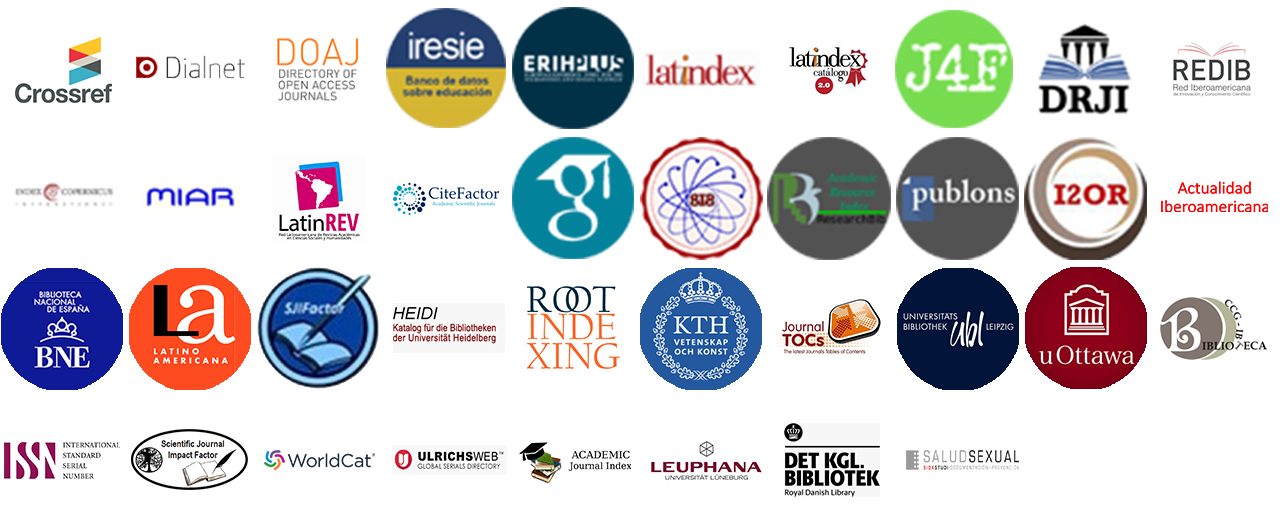FACTORS OF COMPETITIVENESS OF THE FURNITURE INDUSTRY IN MESILLAS, CONCORDIA, SINALOA, MEXICO. ELECTRONIC COMMERCE AS A SOLUTION
DOI:
https://doi.org/10.36825/RITI.04.07.002Keywords:
Competitiveness, Marketing, Quality Product, Innovative Design, E-CommerceAbstract
The objective of this research is to analyze the competitiveness factors of the furniture industry of Mesillas, Concordia Sinaloa, based on the National Model for Competitiveness, micro and small businesses. An approach to the design of an innovative business model; The variables used in the model are: knowledge of the environment and development of the strategy, relationship with clients and other aspects indicated in the model. An instrument was applied to a universe of 17 companies with workshops and furniture. The results allow to identify the factors of competitiveness that occur in the furniture industry, the handicraft product and its innovative designs are pointed out as a competitive advantage. It is concluded that marketing is one of the weaknesses that the furniture industry currently has in this region because they compete in the same market segment and do not have the necessary financing to venture into other markets. Therefore, the implementation of an e-commerce Web service is proposed through free, robust, friendly software with little maintenance requirement, which can be operated and updated by the same personnel that works in the furniture store.
References
INEGI. La Micro, Pequeña y Mediana y gran empresa. Estratificación de los Establecimientos. Censos Económicos (2009). México, 2011. URL: http://www.inegi.org.mx/est/contenidos/espanol/proyectos/censos/ce2009/pdf/Mono_Micro_peque_mediana.pdf . (07.07.2014).
Rodríguez Valencia, J. Administración de pequeñas y medianas empresas. México: CENGASE Learning, 2002, pp. 47-48.
Secretaria de Economía. Reglas de Operación del Fondo Nacional Emprendedor. 2013. URL: http://dof.gob.mx/nota_detalle.php?codigo=5328349&fecha=28/12/2013. (05.04.2014).
Jones, C.; Motta, J.; Alderete, M. V. Gestión estratégica de tecnologías de información y comunicación y adopción del comercio electrónico en Mipymes de Córdoba, Argentina. Estudios Gerenciales 32, 138(2016), pp. 4–13.
Newall, J. E. The Challenge of competitiveness. Business Quarterly, 1992, no. 56, pp. 94-100.
Hernández Pérez, G. D. Competitividad y éxito. Algunas tendencias actuales y su repercusión para el sector empresarial. CEDE. 2000.
Villarreal, R. El modelo de competitividad sistémica de los agro negocios en la cadena global de valor. México: IOSD y CECID. 2006, pp. 6
Porter, M. Ventaja Competitiva. Creación y sostenimiento de un desempeño superior. Editorial: CECSA. 1985.
Porter, M. E. Estrategia Competitiva. Técnicas para el análisis de los sectores industriales y de la competencia. México: Patria. 2011.
Hernández Sampieri, R.; Fernández Collado, C.; Baptista Lucio, P. Metodología de la Investigación. México: Mc Graw Hill. 2014.
Instituto para el Fomento a la Calidad Total, A.C. Modelo Nacional para la Competitividad. Micro y Pequeñas Empresas. Un enfoque al diseño de un modelo de negocios innovador. 2012. URL: http://www.compite.org.mx/Eventos/2012/CIC_Mendoza.pdf. (18.01.2016).
Koontz, H.; Weihrich H.; Cannice M. Estrategias, políticas premisas de la planeación en Administración: Una perspectiva global y empresarial. México: Mc Graw Hill, 2012.
Nava González, W.; Breceda Pérez, J. A. México en el contexto internacional de solución de controversias en línea de comercio electrónico. Anuario Mexicano de Derecho Internacional, vol. XV(2015), pp. 717-738.
Downloads
Published
How to Cite
Issue
Section
License
Copyright (c) 2016 Revista de Investigación en Tecnologías de la Información

This work is licensed under a Creative Commons Attribution-NonCommercial 4.0 International License.
Esta revista proporciona un acceso abierto a su contenido, basado en el principio de que ofrecer al público un acceso libre a las investigaciones ayuda a un mayor intercambio global del conocimiento.
El texto publicado en la Revista de Investigación en Tecnologías de la Información (RITI) se distribuye bajo la licencia Creative Commons (CC BY-NC
 ), que permite a terceros utilizar lo publicado citando a los autores del trabajo y a RITI, pero sin hacer uso del material con propósitos comerciales.
), que permite a terceros utilizar lo publicado citando a los autores del trabajo y a RITI, pero sin hacer uso del material con propósitos comerciales.



